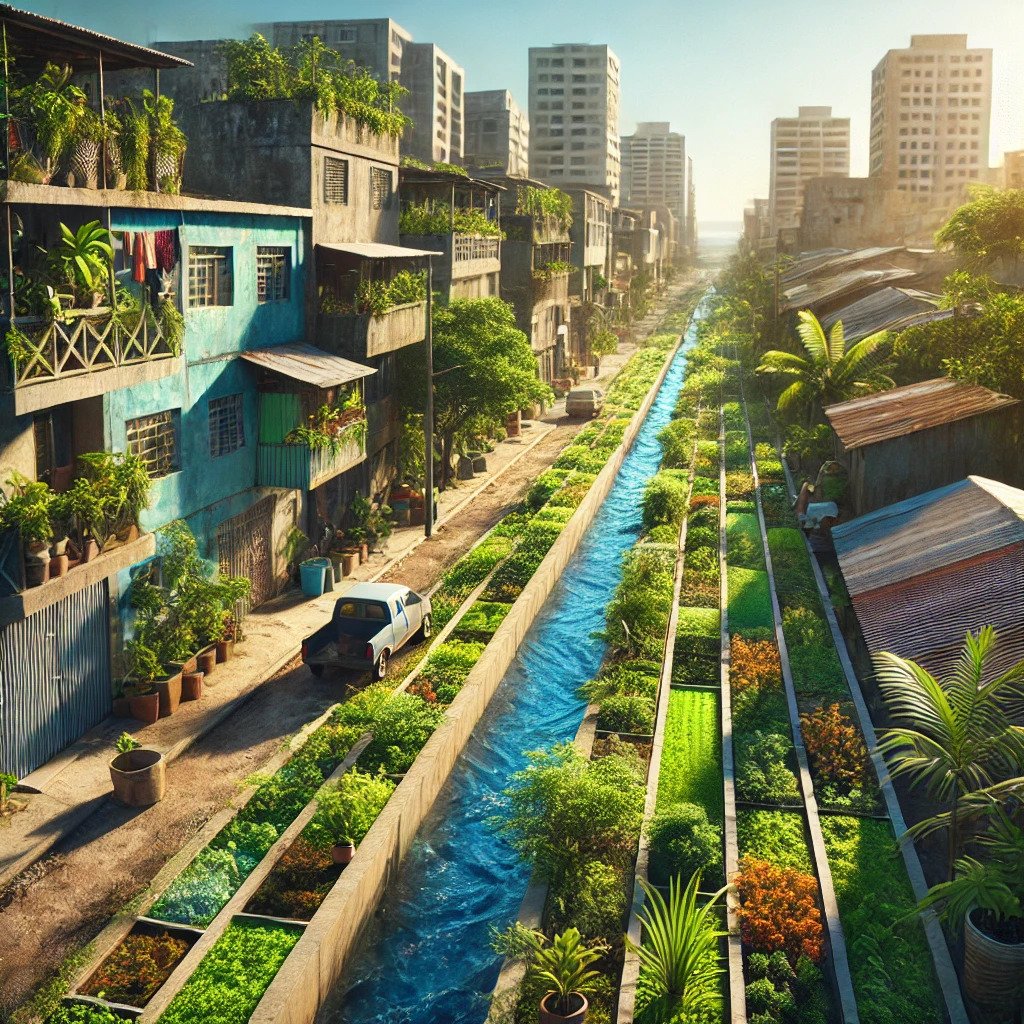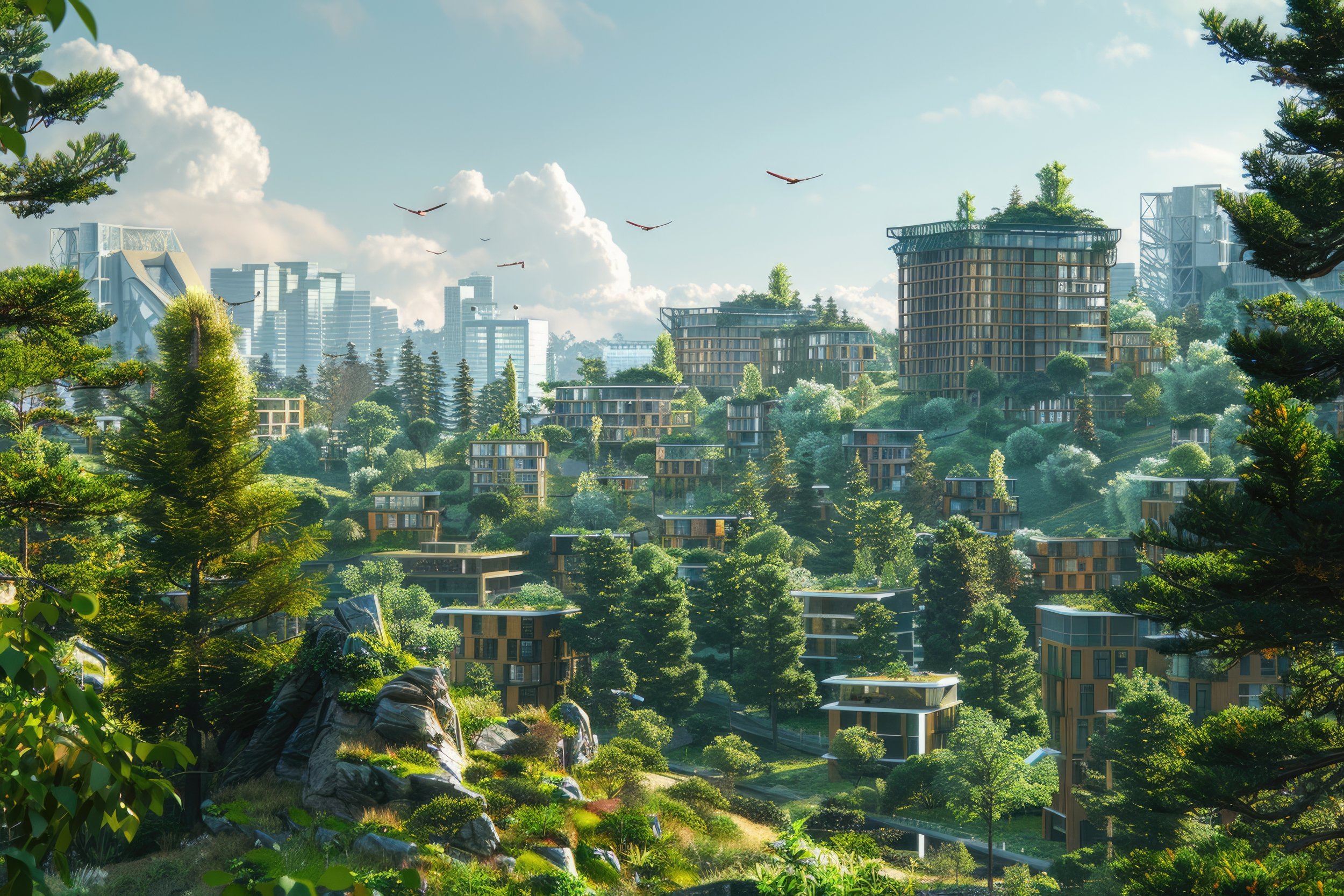
Green Infrastructure and Sustainable Drainage Systems: The Foundation of Xi Bassile's Approach
At Xi Bassile, we base our solutions on Green Infrastructure (GI) and Sustainable Drainage Systems (SUDS), two crucial concepts that combine ecological processes with urban design to create more resilient, sustainable cities.
Green Infrastructure.
Green infrastructure refers to a network of natural and semi-natural systems that provide critical services such as water management, air quality improvement, and temperature regulation in urban areas. Unlike conventional "gray" infrastructure, which relies on concrete and mechanical systems, green infrastructure integrates nature into urban landscapes to create healthier and more sustainable environments.
By harnessing the power of vegetation, soil, and natural processes, green infrastructure contributes to flood control, enhances biodiversity, improves air quality, and provides aesthetic and recreational value.
Key Features of Green Infrastructure
-

Water management
Natural systems are used to capture, store, and filter water, reducing runoff and mitigating flooding.
-

Climate resilience
Green spaces help regulate urban temperatures and mitigate the effects of heatwaves and other climate-related issues.
-

Biodiversity
Vegetation-rich environments promote biodiversity, supporting various plant and animal species in urban settings.
-

Urban beautification
Green spaces enhance the visual appeal of cities, contributing to the well-being of urban dwellers.
Sustainable Drainage Systems (SUDS)
Sustainable Drainage Systems (SUDS) are designed to manage stormwater sustainably by mimicking natural water processes. They help control water runoff, improve water quality, and reduce the risk of flooding in urban areas. Instead of channeling rainwater directly into drainage channels or sewers, SUDS promote water infiltration into the ground, natural filtration, and controlled storage.
SUDS are a core component of Xi Bassile’s product lineup, including Bioswales and Planter Boxes. These systems use layers of natural materials, like soil, biochar, and plants, to filter and slow the flow of stormwater, allowing for its gradual absorption into the ground or its redirection to reservoirs for future use.
Key Benefits of SUDS
-

Flood risk reduction
By managing runoff at the source, SUDS prevent overwhelming urban drainage systems during heavy rainfall events.
-

Water quality improvement
SUDS filter pollutants from stormwater, contributing to cleaner water bodies.
-

Water reuse
Rainwater collected through SUDS can be reused for irrigation or other purposes, improving access to water in cities.
-

Ecosystem services
Like green infrastructure, SUDS support biodiversity, creating habitats for plants and animals while also contributing to urban beautification.
